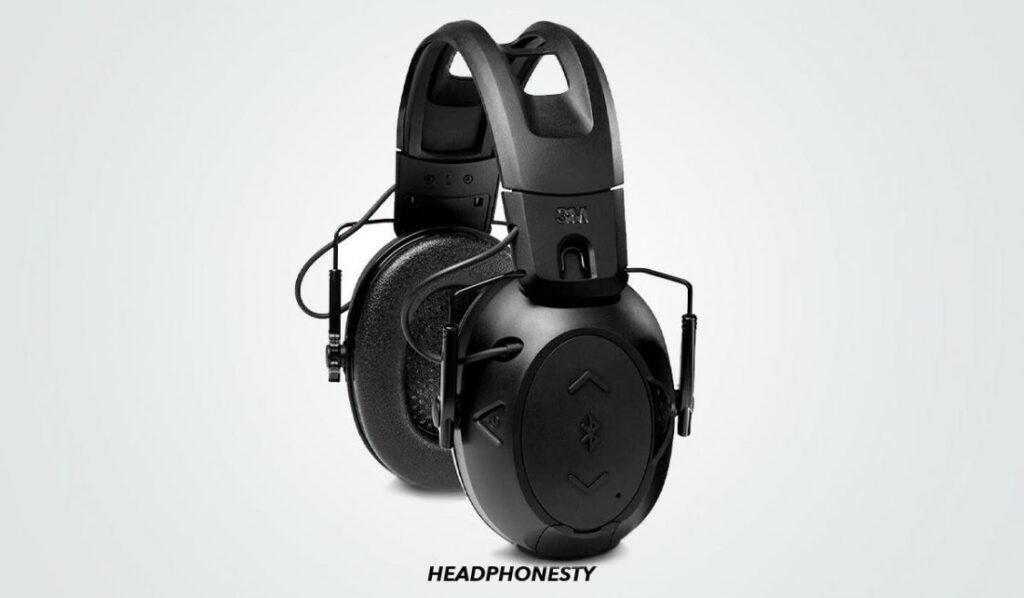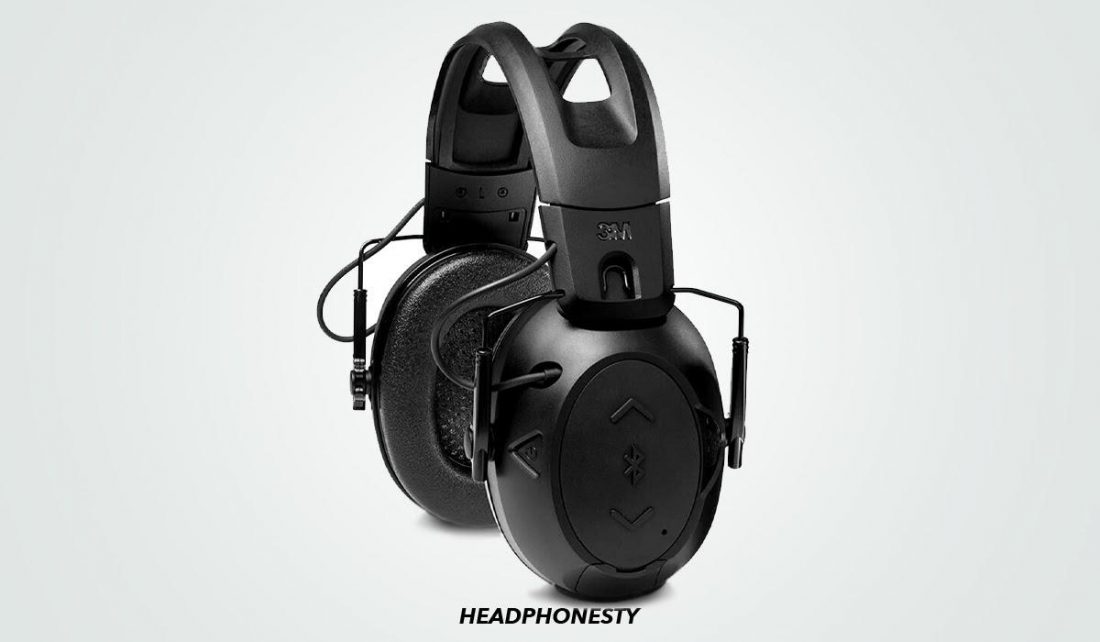
Hearing Protection for Shooting: Protecting Your Ears on the Range
Shooting sports are undeniably thrilling, but the immense sound pressure generated by firearms poses a significant threat to your hearing. Permanent hearing damage is a very real risk for shooters who don’t prioritize proper hearing protection for shooting. This article explores the importance of using appropriate hearing protection for shooting, the different types available, and how to choose the best option for your needs.
The Dangers of Noise-Induced Hearing Loss (NIHL)
Firearms produce incredibly loud sounds, often exceeding 140 decibels (dB). To put that into perspective, sounds above 85 dB can cause hearing damage with prolonged exposure. Even a single gunshot can cause immediate and irreversible damage. This type of hearing loss is called Noise-Induced Hearing Loss (NIHL).
NIHL develops gradually over time and can manifest in several ways:
- Tinnitus: A persistent ringing, buzzing, or hissing in the ears.
- Difficulty understanding speech: Particularly in noisy environments.
- Hyperacusis: Increased sensitivity to certain sounds.
- Permanent hearing loss: Inability to hear certain frequencies.
The good news is that NIHL is preventable with consistent and proper use of hearing protection for shooting.
Types of Hearing Protection for Shooting
Several types of hearing protection for shooting are available, each with its own advantages and disadvantages. The most common include:
Earplugs
Earplugs are small, disposable or reusable devices that fit directly into the ear canal. They are a popular choice due to their affordability, portability, and ease of use.
- Foam Earplugs: These are typically made of soft, pliable foam that expands to fill the ear canal. They are inexpensive and offer good noise reduction, often around 25-35 dB Noise Reduction Rating (NRR).
- Flanged Earplugs: Made of silicone or other flexible materials, flanged earplugs have a series of concentric flanges that create a seal in the ear canal. They are reusable and often more comfortable than foam earplugs.
- Custom-Molded Earplugs: These are made from impressions of your ear canals, providing a custom fit and excellent noise reduction. They are more expensive but offer superior comfort and performance.
Earmuffs
Earmuffs consist of padded cups that fit over the ears, creating a seal against the head. They offer excellent noise reduction and are easy to put on and take off.
- Passive Earmuffs: These rely on the physical barrier of the cups and padding to block out noise. They are available in a variety of NRR ratings.
- Electronic Earmuffs: These incorporate electronic circuitry to amplify quiet sounds while simultaneously suppressing loud noises like gunshots. This allows you to hear range commands and conversations while still protecting your hearing. [See also: Best Electronic Earmuffs for Shooting]
Choosing the Right Hearing Protection for Shooting
Selecting the right hearing protection for shooting depends on several factors, including:
- Noise Reduction Rating (NRR): The NRR indicates the amount of noise reduction provided by the hearing protection for shooting. Higher NRR ratings offer greater protection. For shooting, it’s generally recommended to choose hearing protection for shooting with an NRR of 25 dB or higher.
- Comfort: If your hearing protection for shooting is uncomfortable, you are less likely to wear it consistently. Consider the material, fit, and adjustability of the hearing protection for shooting.
- Type of Shooting: The type of shooting you do can influence your choice of hearing protection for shooting. For example, electronic earmuffs are beneficial for competitive shooting where you need to hear range commands. For casual target shooting, passive earmuffs or earplugs may suffice.
- Compatibility with Other Gear: Consider whether your hearing protection for shooting will interfere with other gear, such as shooting glasses or hats. Low-profile earmuffs are often a good choice for shooters who wear glasses.
- Budget: Hearing protection for shooting ranges in price from a few dollars for disposable earplugs to several hundred dollars for custom-molded earplugs or high-end electronic earmuffs. Set a budget and choose the best option within your price range.
Proper Use and Maintenance of Hearing Protection
Even the best hearing protection for shooting is ineffective if it’s not used properly. Follow these tips to ensure you are getting the maximum protection:
- Earplugs: Roll foam earplugs tightly between your fingers and insert them deep into the ear canal. Hold them in place until they expand to fill the canal. For flanged earplugs, insert them according to the manufacturer’s instructions.
- Earmuffs: Ensure the earcups completely cover your ears and that the headband is adjusted for a snug but comfortable fit. Make sure there are no gaps between the earcups and your head, as this can significantly reduce their effectiveness.
- Inspect Regularly: Check your hearing protection for shooting for any signs of damage, such as cracks, tears, or worn-out padding. Replace damaged hearing protection for shooting immediately.
- Clean Regularly: Clean your hearing protection for shooting regularly according to the manufacturer’s instructions. This will help maintain hygiene and prolong the life of your hearing protection for shooting.
- Storage: Store your hearing protection for shooting in a clean, dry place when not in use. This will prevent damage and contamination.
The Importance of Double Hearing Protection
For extremely loud environments, such as shooting high-powered rifles or being near multiple shooters, consider using double hearing protection for shooting. This involves wearing both earplugs and earmuffs simultaneously. Double hearing protection for shooting provides significantly greater noise reduction than using a single type of hearing protection for shooting alone. This is an excellent way to ensure you are giving your ears the best defense possible.
Beyond the Range: Protecting Your Hearing in Everyday Life
Protecting your hearing shouldn’t be limited to the shooting range. Be mindful of noise levels in your everyday environment and take steps to protect your hearing from other sources of loud noise, such as concerts, construction sites, and power tools. Consistent use of hearing protection for shooting, and in other loud environments, is the key to preventing NIHL and maintaining healthy hearing throughout your life.
Conclusion
Hearing protection for shooting is an essential piece of safety gear for any shooter. By understanding the risks of NIHL, choosing the right type of hearing protection for shooting, and using it properly, you can protect your hearing and enjoy shooting sports for years to come. Don’t take your hearing for granted – invest in quality hearing protection for shooting and make it a habit to wear it every time you shoot.

